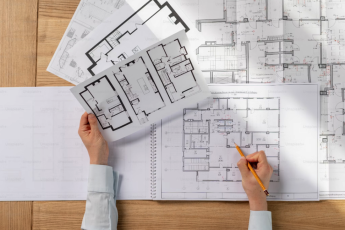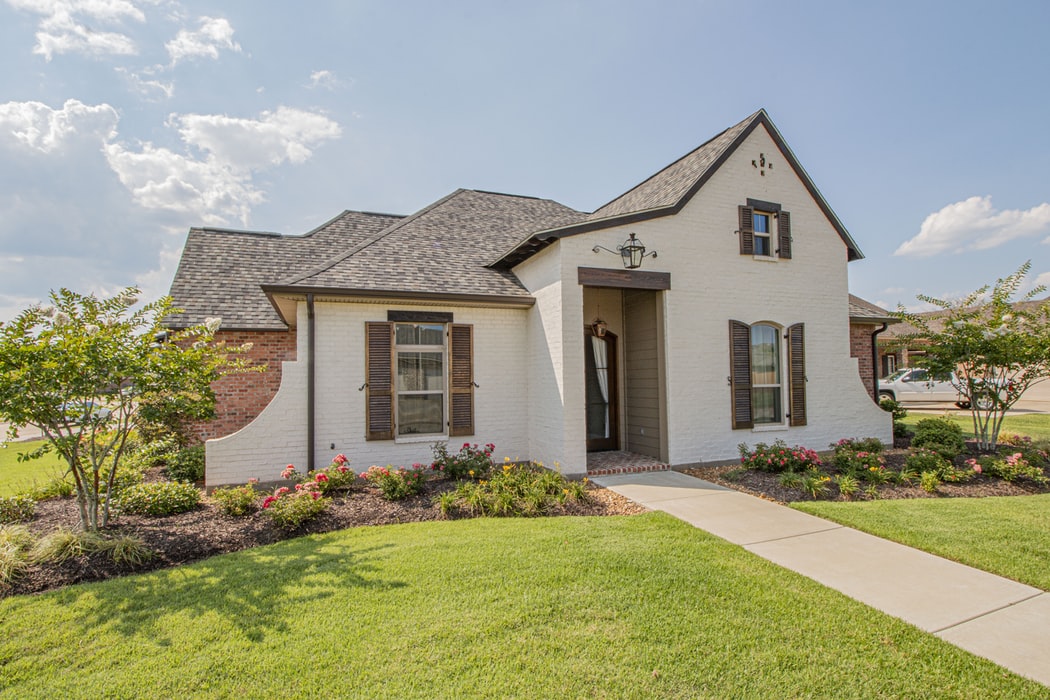Maintenance Tips that Keep Your Roof Looking New
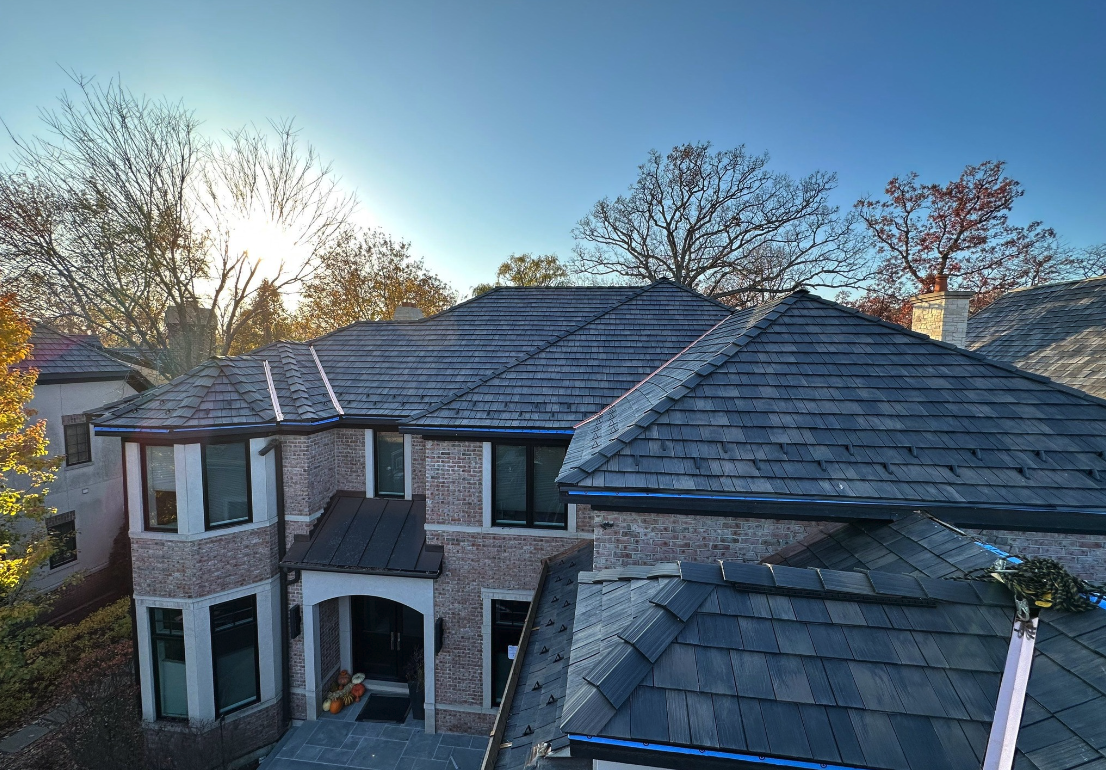
Keep your roof in it’s best shape with some of these tips every homeowner should know!
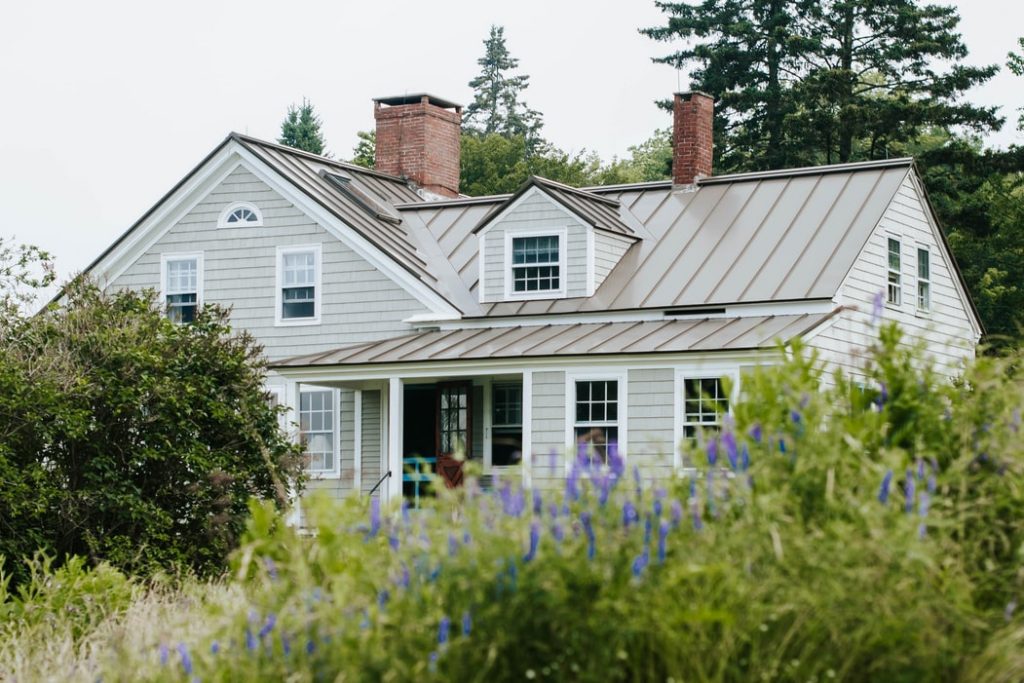
In Colorado, where the weather can range from heavy snowfalls in the winter to sunny, scorching days in the summer, maintaining a roof in good condition is crucial. The harsh climate demands that homeowners stay vigilant about roof maintenance to prevent premature wear and damage. Keeping a roof looking new not only enhances the aesthetic appeal of a home but also ensures it performs its fundamental role of protection efficiently. Regular maintenance is key to extending the lifespan of your roof and can save you from costly repairs down the line.
1. Conduct Regular Inspections
One of the most important steps in maintaining a roof is conducting regular inspections. This should be done at least twice a year—once in the spring and once in the fall. Additionally, it’s wise to inspect the roof after any significant weather event, like a major storm, which is common in areas outside of Colorado’s more temperate zones. During these inspections, look for signs of damage such as cracked, broken, or missing shingles, as well as any signs of water penetration or leaks in the attic. Catching these issues early can prevent them from escalating into more serious problems.
2. Clean Your Gutters
Ensuring that your gutters are clean is vital for maintaining the health of your roof. Gutters clogged with leaves, twigs, and other debris can lead to water backup and overflow, which in turn can cause water damage to both the roof and the structure of your house. An experienced Longmont roofer would emphasize the importance of gutter maintenance as part of a regular roofing care routine, especially given that backed-up water can freeze and cause ice dams in colder climates, leading to further roof damage.
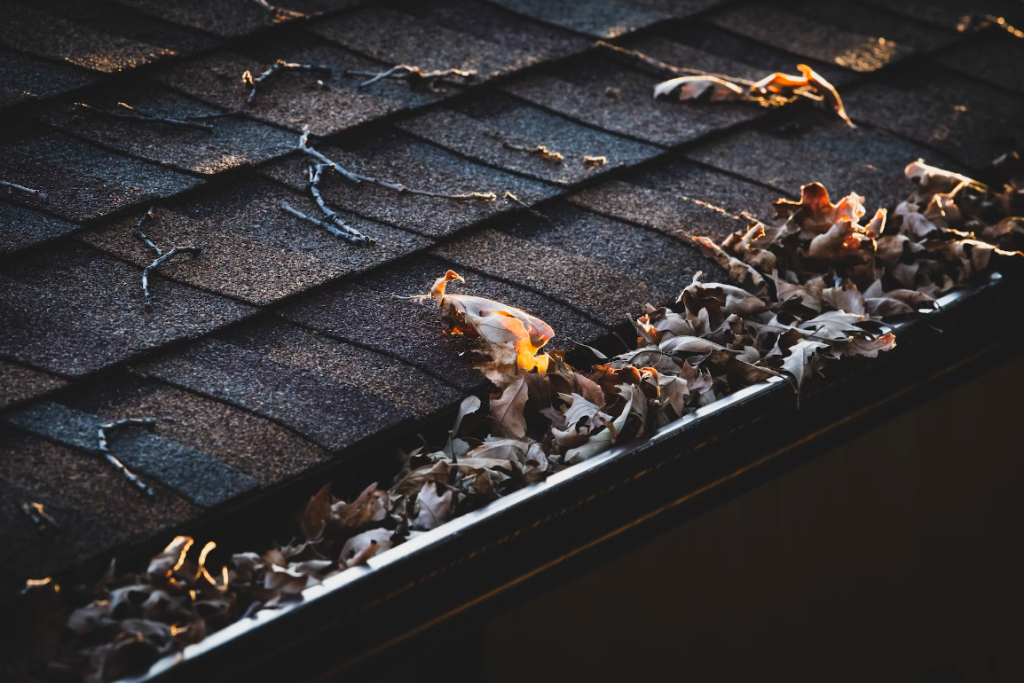
3. Remove Debris
Debris on the roof such as leaves, branches, and other materials can trap moisture against the roofing surface, leading to rot and deterioration over time. Regularly removing debris is essential, especially after storms or during fall when trees shed their leaves. This task can often be done safely from the ground with a long-handled broom or blower, or it may require getting on the roof for a more thorough cleaning, depending on the house’s design and safety considerations.
4. Trim Branches
Overhanging branches can pose a significant threat to your roof. They can scrape against roofing materials, removing granules from asphalt shingles, which diminishes their effectiveness. Branches can also break and fall on the roof during storms, causing damage. Regularly trimming these branches back will not only prevent physical damage but also reduce the amount of debris that falls onto the roof, minimizing your cleanup efforts and preserving the integrity of the roof.
5. Check for Moss and Algae
Moss and algae growth are not just cosmetic issues; they can severely damage the roof structure if left unchecked. Moss, for example, can retain moisture against the roof surface, leading to wood rot and the degradation of shingles. In your roof maintenance routine, include measures to check for and remove any moss or algae. This can be done using specialized cleaning solutions or by installing zinc or copper strips at the roof’s peak, which help prevent growth. Always ensure that cleaning methods are safe for your type of roofing material to avoid any unintentional damage.

6. Proper Ventilation is Key
Proper ventilation is crucial for maintaining the health of your roof and the overall home environment. Adequate attic ventilation helps to regulate temperature and moisture levels in the attic, preventing problems such as ice dam formation in winter and excessive heat in summer. These conditions can lead to premature aging of your roof. Check to ensure that your attic has sufficient intake (at the eaves) and exhaust (near the ridge) vents that are free from obstructions. If ventilation needs improvement, consider adding additional vents or upgrading existing ones to more efficient models.
7. Inspect Seals and Flashings
The seals and flashings around roof penetrations like chimneys, vent pipes, and skylights are common areas for leaks to develop. It’s important to inspect these elements regularly for signs of wear and tear such as cracks, gaps, or loosening. If you notice any issues, it may be necessary to reseal these areas or replace the flashing entirely to maintain a watertight barrier. This preventive measure can save you from costly water damage repairs inside your home.
8. Schedule Professional Inspections
While regular homeowner inspections are helpful, it’s also wise to schedule professional inspections periodically. Roofing professionals can identify issues that might not be obvious to the untrained eye and can offer solutions that extend the life of your roof. Experts recommend a professional inspection at least once every three to five years, or more frequently if your roof is older or subject to severe weather conditions. These inspections can be invaluable in catching minor issues before they escalate into major repairs.
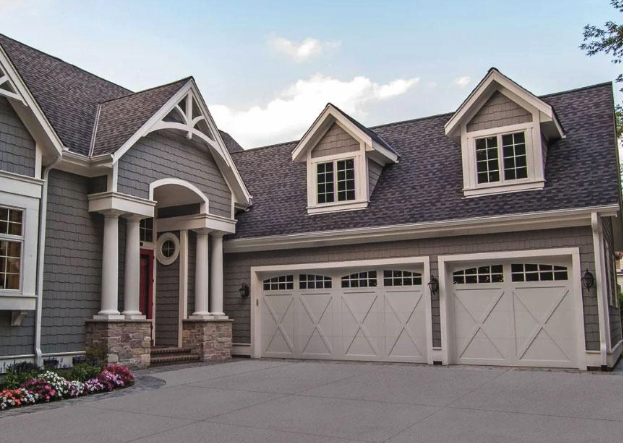
9. Address Repairs Promptly
When issues are identified, whether through your inspections or as advised by a professional, addressing them promptly is key. Small problems like a few missing shingles or a minor leak can quickly become major issues if ignored. Timely repairs prevent further damage and help maintain the structural integrity of your roof. Always use quality materials and experienced professionals for repairs to ensure they are done correctly and will last.
10. Protect Your Roof from Harsh Weather
Depending on your location, taking extra steps to protect your roof from harsh weather conditions can be beneficial. This may include installing snow guards in snowy areas to prevent ice and snow from sliding off your roof and causing damage or injury, or applying a reflective roof coating in hotter climates to reduce heat absorption and keep your home cooler. These adaptations can significantly enhance the durability and functionality of your roof.
Conclusion
By following these tips, you can ensure that your roof remains functional and aesthetically pleasing while protecting your home from various environmental challenges. Regular roof maintenance not only extends the lifespan of your roof but also contributes to the overall health and safety of your home, ultimately saving you money on potential expensive repairs in the future. Commit to these maintenance strategies to keep your roof looking new and performing its best year after year.



